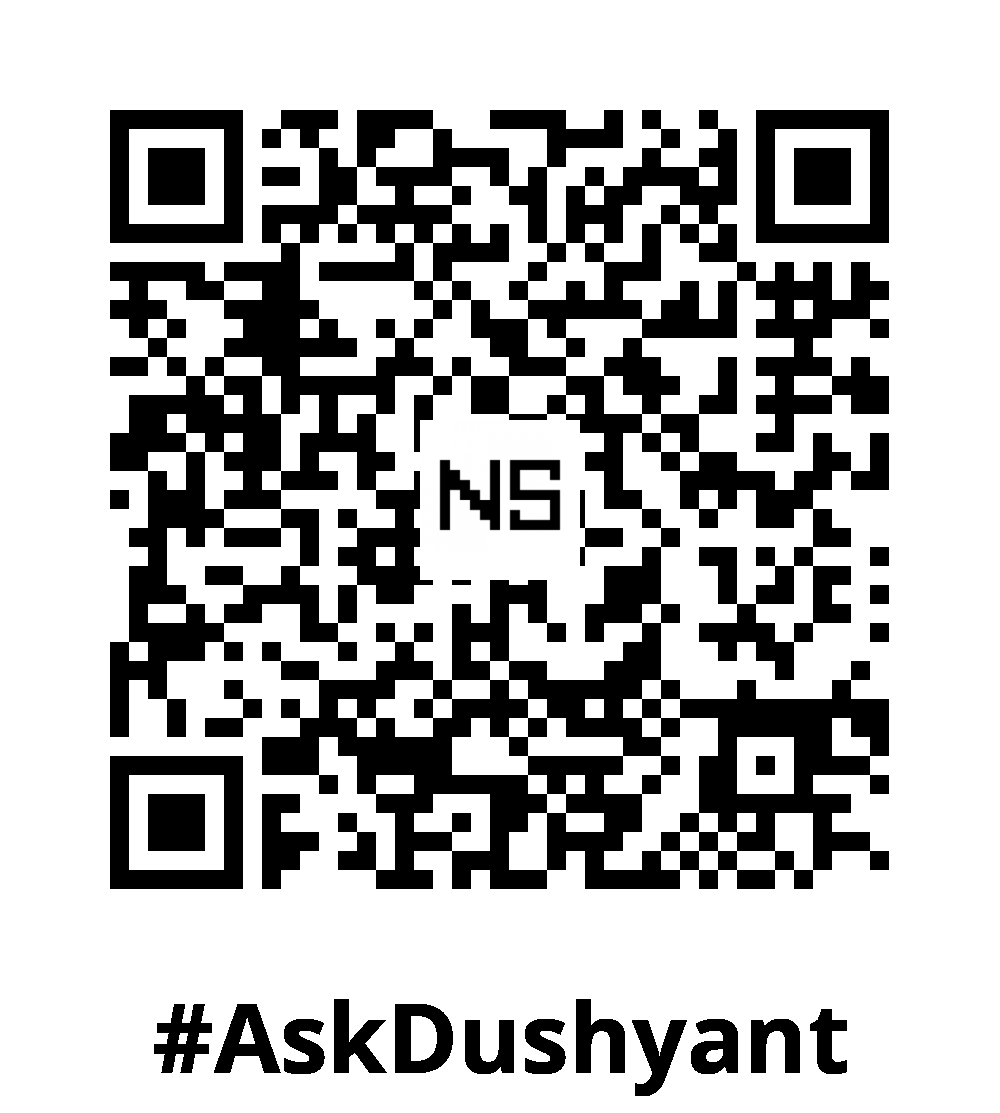Authentication has come a long way since the days of simple passwords. With nearly two decades of experience in the tech industry, I have witnessed firsthand the evolution of authentication processes to enhance application security. As cyber threats rise, security systems have advanced, leading to the widespread adoption of Two-Factor Authentication (2FA) as a critical safeguard. In this tech concept, we’ll trace the journey of authentication and explore how it continues to evolve in the digital age.
The Early Days of Authentication: The Birth of Passwords
The Origins of Passwords
In the 1960s, passwords were introduced as a basic method to restrict access to computing systems. The Compatible Time-Sharing System (CTSS) at MIT pioneered password use, allowing users to protect their data.
Passwords were simple by design—just easy-to-remember combinations—but this simplicity eventually became a vulnerability.
Problems with Password-Only Systems
- User Behavior: Many users opted for weak, easily guessed passwords or reused the same password across multiple platforms.
- Emerging Threats: Hackers exploited methods like brute force attacks to crack passwords, revealing the limitations of single-factor authentication.
Enhanced Password Practices: A Temporary Fix
Adding Complexity
To address vulnerabilities, password policies began requiring combinations of uppercase letters, numbers, and symbols.
- Example: A password like
P@ssw0rd123replaced weaker options.
However, users often wrote these complex passwords down, creating new risks.
Hashing Algorithms
Password hashing became a standard practice, ensuring that even if databases were breached, actual passwords weren’t exposed.
- Example Algorithm:
Input: "password123"
Output (hashed using bcrypt): "$2b$12$abc...xyz"Even if the database is compromised, the hashed output remains secure.
The Rise of Multi-Factor Authentication (MFA)
What is MFA?
Multi-Factor Authentication requires users to present two or more factors to verify their identity. These factors include:
- Knowledge (something you know): Passwords or PINs.
- Possession (something you have): Security tokens, mobile devices.
- Inherence (something you are): Biometrics like fingerprints or facial recognition.
Early Adoption of MFA
Corporations embraced MFA with tools like RSA SecureID tokens in the 1990s. For consumers, SMS-based authentication emerged as a simpler option in the early 2000s.
The Adoption of Two-Factor Authentication (2FA)
Why 2FA Became the Standard
2FA offered the perfect balance between security and convenience. It uses two authentication factors, typically:
- A password (knowledge).
- A one-time code generated by an authenticator app or sent via SMS (possession).
Example of 2FA in Action
- Enter your password on the login page.
- Receive a 6-digit one-time code on your phone or authenticator app.
- Input the code to complete login.
This simple yet effective method significantly reduces the risk of unauthorized access.
Modern Authentication: Beyond 2FA
Passwordless Authentication
Companies like Microsoft and Google now offer passwordless options, using device-based or biometric authentication.
- Example: Logging in with your fingerprint or Face ID instead of a password.
Biometric Advancements
Inherence factors like Face ID and fingerprint scanners have become more accessible, though they raise concerns about privacy and spoofing.
Behavioral Authentication
Some systems analyze user behavior—typing speed, device patterns—to detect unauthorized access.
- Example Algorithm for Behavioral Analytics:
1. Collect user typing data (speed, rhythm).
2. Compare current behavior with baseline data.
3. Flag deviations for manual review.Remaining Challenges in Authentication
- Phishing Attacks
- Even with 2FA, phishing attacks can trick users into revealing their one-time codes.
- Adoption Barriers
- Some users hesitate to adopt MFA due to perceived complexity or lack of understanding.
My Tech Advice: Authentication must evolve to counter increasingly sophisticated cyber threats. From passwords to Two-Factor Authentication and beyond, the evolution of authentication mirrors our ongoing battle with cyber threats. 2FA has set a standard for enhanced security, but the future holds even more promising innovations, such as passwordless systems and AI-driven authentication. For now, Take control of your digital security today by enabling 2FA on your accounts. It’s a simple step that offers robust protection in a world of increasing cyber risks.
#AskDushyant
#TechConcept #TechAdvice #CyberSecurity #Authentication #2FA #TwoFactorAuthentication


Leave a Reply